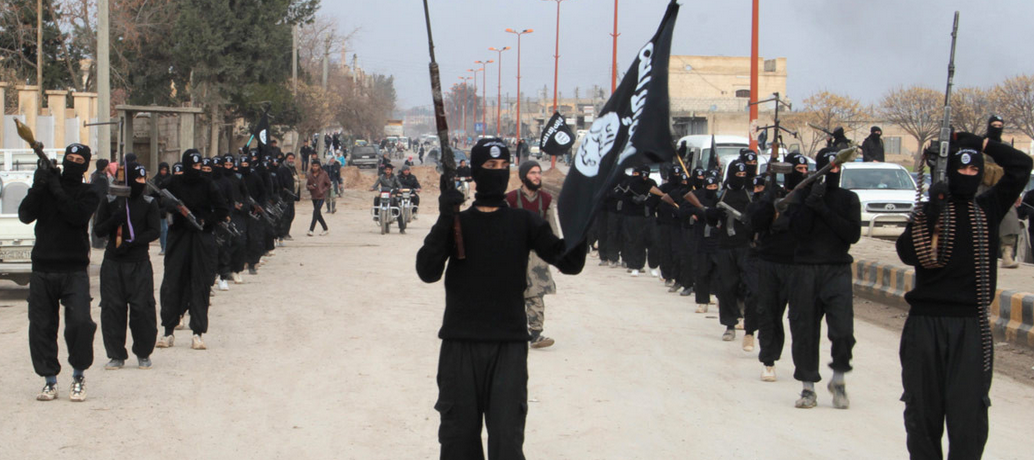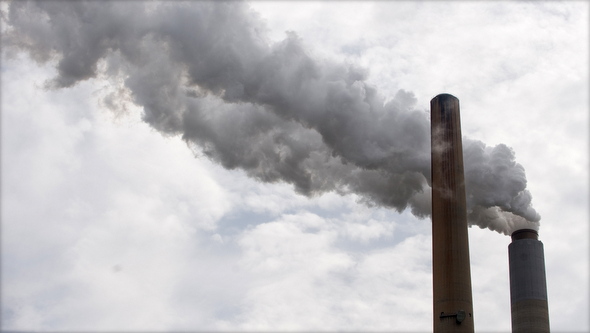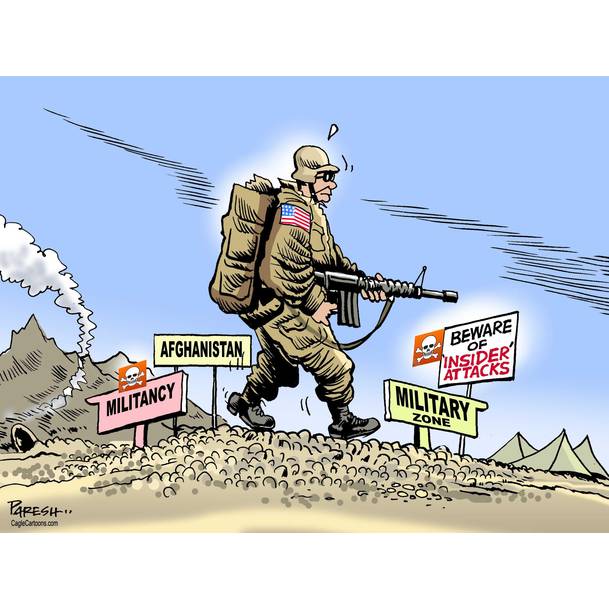The Islamic State (IS), formerly known as the Islamic State of Iraq and Syria (ISIS), continues to wreak havoc inside both Iraq and Syria as it continues on its quest to create a transnational caliphate. There have been plenty of commentaries and analyses on their military capabilities, their ideology, and the origins of the group. However, when it comes to the group’s finances, things get a little blurry. Considering ongoing conflicts mean acquisition and loss of resources, it becomes even more difficult to pinpoint sources of income. Like any other organization on the planet, no matter its function, funding is key.
IS is not shortsighted, its goal of establishing a caliphate is a long-term project and as such requires long term funding. Solely relying on a half-billion dollar bank heist in Mosul would not be enough to fund soldiers, weapons, a growing PR campaign and an expansionist agenda for the long term. It may provide the means to do some of these things for a year or two, however better financial judgment will say this is not sustainable.
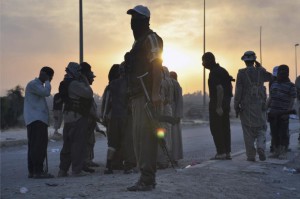
How does IS measure up to some of its counterparts? The New York Times reported in 2009 that the Taliban in Afghanistan raked in up to $400 million a year for its various operations. The Washington Post places Al-Shabab in Somalia on the lower end of the spectrum with approximately $100 million in annual revenues. FARC in Colombia rakes in approximately $350 million annually. Finally, Lebanese Hezbollah has an operating budget of up to $500 million per annum. All of these organizations have one main commonality, their respective organizations boast longevity, something IS cannot claim, not yet anyway.
According to the International Business Times, as of June 2014, IS is valued at approximately $2 Billion. This means the group is wealthier than all of the combined groups just mentioned. IS also happens to be wealthier than some small states such as Tonga, Kiribati, the Marshall Islands, the Falkland Islands. So how is it that a group that seemingly emerged from nowhere is able to collect so much in assets and cash in such little time and still maintain such an expansionist plan?
Self-made Millionaires
Since the organization’s inception, IS has relied heavily on funds from extortion, smuggling, thievery, and of course private donations. From taking over farms on the outskirts of Mosul to seizing gas fields east of the central city of Homs in Syria, there is no shortage of income production. It is estimated IS appropriates as high as $1 million in profit per day from oil and gas facilities in Syria. Trucks are loaded up and shipped across to Turkey where there is no shortage of buyers on the black market. French Foreign Minister Laurent Fabius even accused the Islamic State of selling its oil to the regime of Syrian President Bashar al-Assad. IS also generated the equivalent of $35 million in the smuggling of artifacts out of Syria in just a few months.
A Council on Foreign Relations report states the group extorts taxes from businesses netting upwards of $8 million per month. All of this has yet to take into account the supposed half-billion dollar bank heist. According to political commentator Brown Moses, with the funds stolen from Mosul’s central bank, a half-billion dollars “could pay 60,000 fighters $600 a month for a whole year”. It is estimated IS currently has just over 10,000 armed fighters making Moses’ statement purely hypothetical. However the takeaway is that IS can pay its current fighters for well over a year making its long-term strategy ever more viable.
Accounting 101
In areas IS controls, the organization provides subsidies on basic necessities such as bread, water and fuel. IS also finances and maintains basic public services all of which costs money. What IS does have is a very strict maintenance over its finances. Every dollar is accounted for, every expense is recorded and every source of revenue is reported. The group maintains records on all of its fighters including their families. This is meant for payouts to the families of the fighters who die in combat.
Blessed are thy Neighbors
While heavily self-funded, additional means of income is always welcomed. There has been a lot of finger pointing towards the Gulf monarchies and their private funding of the Islamic State. The Gulf countries have high Sunni Muslim demographics making IS a key strategic partner. Private donors from the various Gulf countries (Qatar, Saudi Arabia, United Arab Emirates) have exploited weak financing laws in Kuwait in order to syphon their funds to various rebel groups who took up arms in Syria against Bashar al-Assad. Ironically, IS ranks include former Ba’athists whom invaded Kuwait under Saddam. The Iraqi Prime Minister, Nouri al-Maliki, has accused Saudi Arab and Qatar of being the main driving force behind private funding of the group. Maliki cites Sunni aspirations to dominate a Shiite majority in Iraq while simultaneously offsetting Iranian influence.
Future Forecast: Cloudy with a chance of Oil
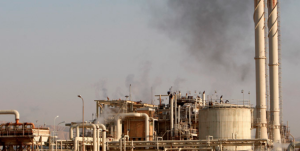
A 2012 World Energy Outlook report by the International Energy Agency projected Iraq’s energy sector to be the key to its future success. It is projected Iraq could double its oil production to 6.1 million barrels per day by 2020 and can reach a staggering 8.3 million barrels per day by 2035. There is a lot of money to be made in Iraq. The Islamic State continues to reap the rewards of a fractured Iraqi government meanwhile simultaneously taking control of parts of Eastern Syria. This is clearly an organization unlike any other. It is rich, it is well armed, and it targets strategic resources for acquisition. Should the Islamic State seize and maintain more oil facilities inside Iraq and Syria, there is a very real possibility we would be looking at a self-sustaining group that won’t be going anywhere anytime soon.

